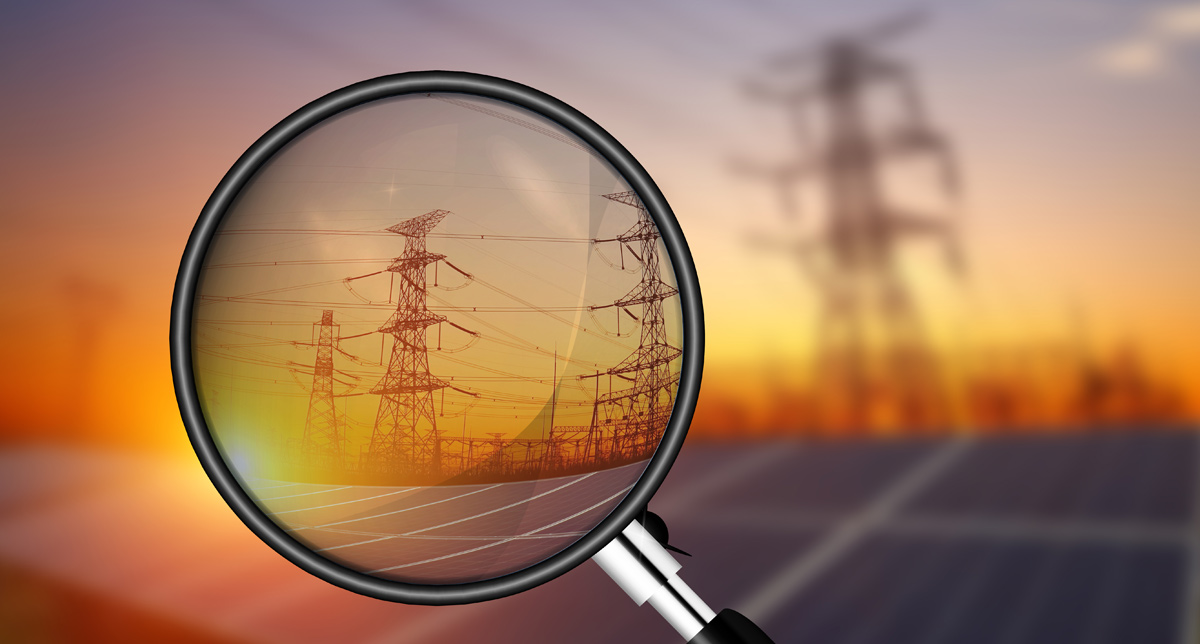Blockchain for decentralization
The hype around blockchain seemed to decrease in 2018, perhaps due to the demise of bitcoin. At the end of the year, the cryptocurrency was valued at 77 per cent less than compared to the previous year, sending investors into a frenzy. Despite the slowdown of interest, the benefits blockchain can provide have not disappeared. For the energy industry, the trend of blockchain represents the much broader idea of decentralization.
Transitioning to a decentralized approach to peer-to-peer transactions provides much lower transactional costs. In fact, this has already motivated more than one hundred companies in the energy industry to start a business with blockchain as core technology. The next twelve-months will see further decentralized transactions in the industry, which will no doubt boost the energy economy.
Microgrids-as-a-Service (MaaS)
Microgrids aren’t just providing a power safety net for the larger utility grid but enabling more economic use of privately installed renewable energy sites, such as the combination of personal solar photovoltaic (PV) panels and batteries.
Microgrids are already helping to integrate more decentralized renewable energy into the power supply, with optimal returns for PV device owners.
Again, microgrids come under the mega trend of decentralization. Looking to the future, the rise of microgrids isn’t showing signs of slowing down. In fact, the energy industry is beginning to explore ways to provide Microgrids-as-a-Service (MaaS) on a large scale. There are already several examples of this being implemented in the manufacturing industry.
Demand response for microgrids
Demand response has been discussed for several years. However, increasing micro generation of energy brings a new opportunity for generators to gain a better understanding of energy demand.
Demand response describes communication between electrical devices, to better match the actual demand for energy. To operate effectively, microgrids already require intelligent software to monitor energy generation and distribution. By extending this to demand response control, the generator has an opportunity to better monitor demand.
Consider this as an example. Let’s say a microgrid is running in island mode, disconnected from the utility grid. Using demand response, the generator can detect that demand for energy is rising and automatically increase generation using stored energy from batteries. An alternative would be lowering consumption in a different place, such as turning off street lights temporarily, to deliver the required energy.
All these trends in energy generation and distribution are software centric and they rely on intelligent energy management platforms. The time of PC based applications is long gone and looking to the future, energy management platforms, must be both computer and cloud-based.
Without this technology, decentralization of energy grids, the introduction of MaaS and demand response for microgrids may not be feasible. Why are these trends important? In the global race against climate change, better control of energy generation and distribution is vital.

